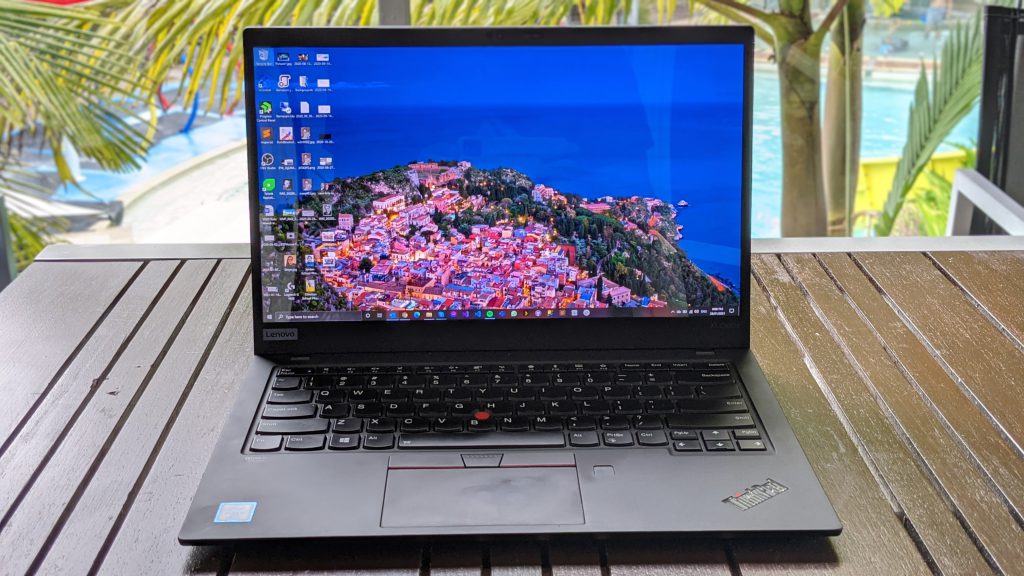I finally got Starlink! Yes, the revolutionary Internet service from SpaceX has arrived at the farm. I have been using a Skymuster Plus connection for about 4 years, which is a service provided by the Australian government through retailers. While it isn’t terrible, it definitely isn’t amazing. The ping of 600ms kills a lot of apps, I talk over people on video calls, I always wait for things to load or happen etc. I got used to it, but never should have.
In a nutshell, Starlink operates through a super constellation of satellites in low earth orbit. Because they are only 350-550km up, the ping for the service is very low, but they are not stationary. Each satellite connects to a ground station that connects the user (me) to the Internet.
Getting Starlink meant I had to make a few choices though:
- Determine the optimal installation point for “Dishy”, the user terminal, on my roof (or other place).
- Either discontinue my current ISP connection, or use it as a backup
Finding the optimal place for Dishy is a lot of trial and error. The main problem I have is trees blocking the view of the sky, thus the connection to satellites. Luckily the Starlink app provides a feature to scan your preferred installation point and tell you if it’ll work or not.
Second, I decided to use my existing internet connection as a backup, or failover, for Starlink. Because Starlink is still in beta, I am not sure I 100% trust it just yet. Having another connection to fall back on could be very beneficial. It turned out that the UDM Pro supports dual WAN natively, and I went down that path. It didn’t quite go to plan though. Check out the video below for the full story.


